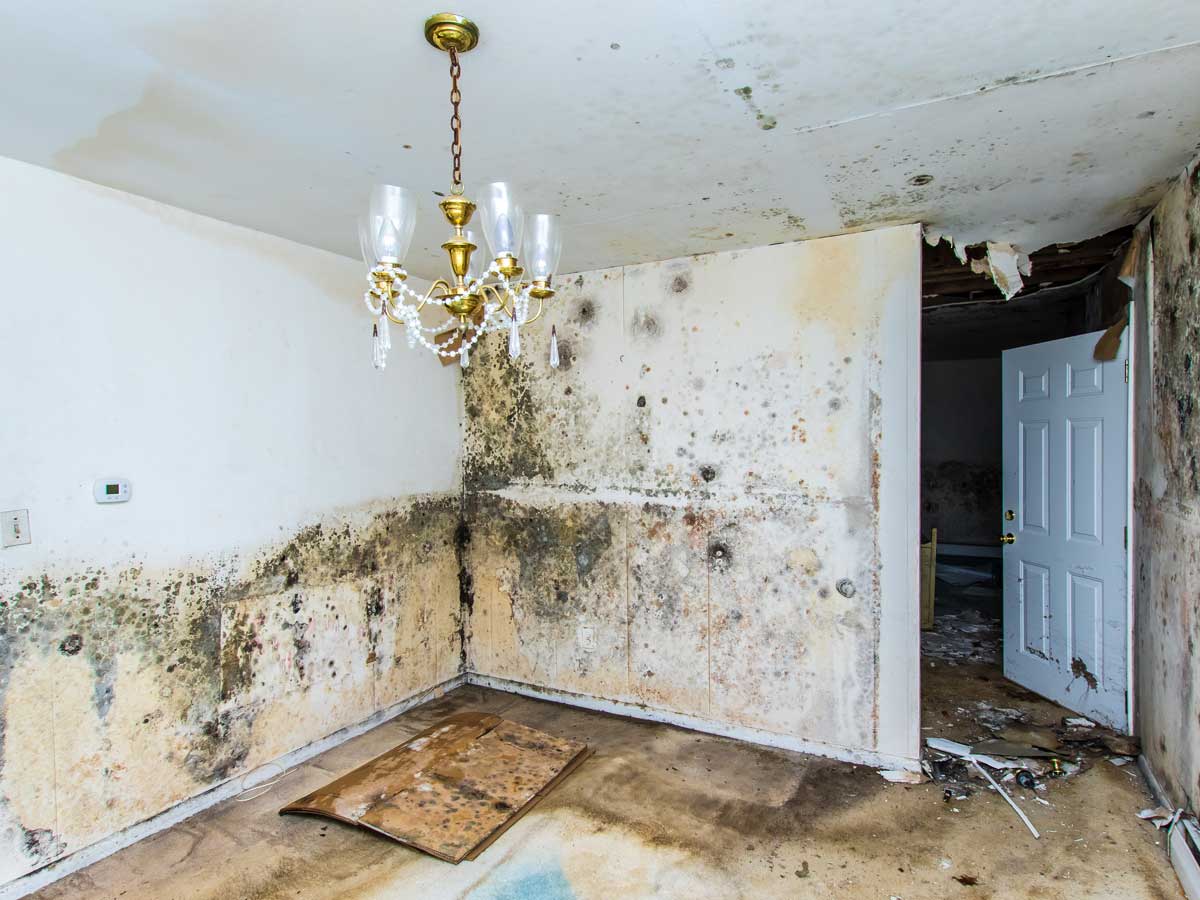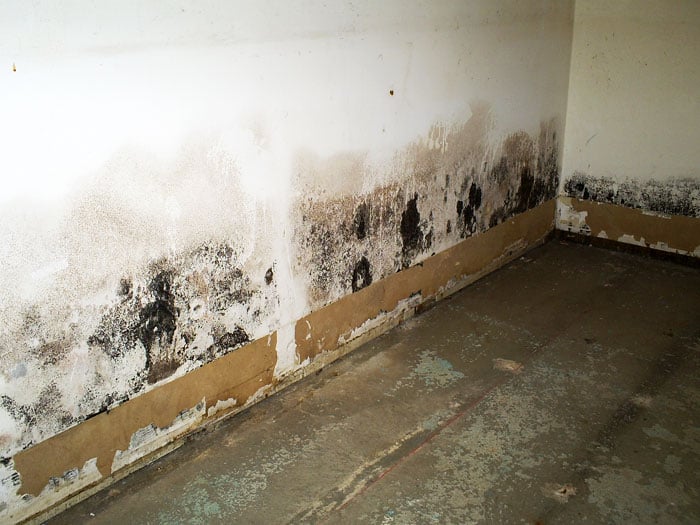Do's & Don'ts of Water Restoration.
Do's & Don'ts of Water Restoration.
Blog Article
Presented here in the next paragraph you'll find a lot of professional insight related to Reducing Your Risk Of Water And Fire Damage At Home.

Water gives life, but water invasion on some parts where it's not meant to be can lead to damages and also inconvenience. If the water seeps into your structure, it can peel off away the surface area and erode the product's structure. Mold and also mold additionally grow in a wet atmosphere, which can be hazardous for your as well as your family's health. In addition, homes with water damages scent old as well as moldy.
Water can originate from several resources like hurricanes, floodings, ruptured pipes, leakages, as well as sewage system concerns. It's better to have a working expertise of safety preventative measures if you have water damage. Below are a few standards on exactly how to handle water damages.
Do Prioritize Home Insurance Policy Protection
Seasonal water damages can come from floodings, seasonal rains, and also wind. There is likewise an event of an unexpected flooding, whether it came from a malfunctioning pipe that unexpectedly bursts right into your residence. To safeguard your home, get house insurance that covers both acts of God such as natural calamities, and also emergency situations like damaged plumbing.
Do Not Forget to Switch Off Utilities
When disaster strikes and you're in a flood-prone area, switch off the major electric circuit. Turning off the power prevents
electrical shocks when water can be found in as water functions as a conductor. Don't fail to remember to switch off the major water line shutoff as a way to avoid even more damages.
If the floodwaters are getting high, keep your furnishings secure as they can move around as well as trigger added damages.
Do Stay Proactive and Heed Weather Condition Informs
If you live in a location afflicted by floodings, remain ready and also positive at all times. Pay attention to the information and emptying warnings if you live near a body of water like a lake, river, or creek .
Don't Neglect the Roof
Your roofer needs to take care of the damaged rain gutters or any kind of other indicators of damage or weakening. An examination will protect against water from flowing down your wall surfaces and soaking your ceiling.
Do Pay Attention to Little Leakages
There are red flags that can draw your interest as well as suggest to you some damaged pipelines in your residence. Indicators of red flags in your pipes include bubbling paint, peeling wallpaper, water streaks, water stains, or leaking noises behind the walls. Repair service and also evaluate your plumbing fixed prior to it results in massive damage to your house, finances, and a personal nightmare.
Do Not Panic in Case of a Ruptured Pipeline
Maintaining your clearheadedness is essential in a time of situation. Because it will certainly suppress you from acting quickly, worrying will just intensify the issue. Panic will also offer you added stress and anxiety. When it comes to water damage, timing is key. The longer you wait, the even more damages you can expect and the most awful the outcomes can be. If a pipe bursts in your home, instantly shut off your major water valve to cut off the resource as well as avoid even more damages. Disconnect all electrical outlets in the area or switch off the circuit breaker for that part of the house. Lastly, call a respectable water damage reconstruction expert for assistance.
Water gives life, yet water intrusion on some components where it's not supposed to be can result in damages and also hassle. In enhancement, homes with water damage scent stuffy and old.
Seasonal water damage can come from floodings, seasonal rainfalls, and wind. Indications of red flags in your pipelines consist of bubbling paint, peeling off wallpaper, water touches, water stains, or leaking audios behind the wall surfaces. If a pipe bursts in your house, immediately shut off your primary water shutoff to reduce off the source as well as stop even more damages.
Some Do's & Don't When Dealing with a Water Damage
DO:
Make sure the water source has been eliminated. Contact a plumber if needed. Turn off circuit breakers supplying electricity to wet areas and unplug any electronics that are on wet carpet or surfaces Remove small furniture items Remove as much excess water as possible by mopping or blotting; Use WHITE towels to blot wet carpeting Wipe water from wooden furniture after removing anything on it Remove and prop up wet upholstery cushions for even drying (check for any bleeding) Pin up curtains or furniture skirts if needed Place aluminum foil, saucers or wood blocks between furniture legs and wet carpet Turn on air conditioning for maximum drying in winter and open windows in the summer Open any drawers and cabinets affected for complete drying but do not force them open Remove any valuable art objects or paintings to a safe, dry place Open any suitcases or luggage that may have been affected to dry, preferably in sunlight Hang any fur or leather goods to dry at room temperature Punch small holes in sagging ceilings to relieve trapped water (don't forget to place pans beneath!); however, if the ceiling is sagging extremely low, stay out of the room and we'll take care of it DO NOT:
Leave wet fabrics in place; dry them as soon as possible Leave books, magazines or any other colored items on wet carpets or floor Use your household vacuum to remove water Use TV's or other electronics/appliances while standing on wet carpets or floors; especially not on wet concrete floors Turn on ceiling fixtures if the ceiling is wet Turn your heat up, unless instructed otherwise

Do you like more info about 5 Home Safety Tips To Reduce The Risk Of Fire And Water Damage? Try leaving feedback down the page. We would be delighted to listen to your suggestions about this write up. We are looking forward to see you back again in the near future. Feel free to take the time to promote this post if you enjoyed it. Thank-you for your time invested reading it.
Report this page